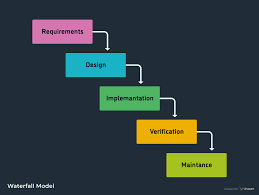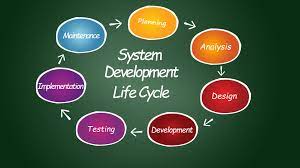12
Sep
Processing returns and exchanges accurately is an essential part of your role as a cashier. It ensures customer satisfaction and helps maintain efficient operations. Here are some guidelines to help you process returns and exchanges accurately: Verify the item and condition: Inspect the returned item to ensure it matches the product being returned or exchanged. Check the condition of the item to ensure it meets the return/exchange policy requirements (e.g., unused, undamaged, with original packaging). Confirm proof of purchase: Ask the customer for proof of purchase, such as a receipt, order confirmation, or gift receipt. Verify that the proof of…









